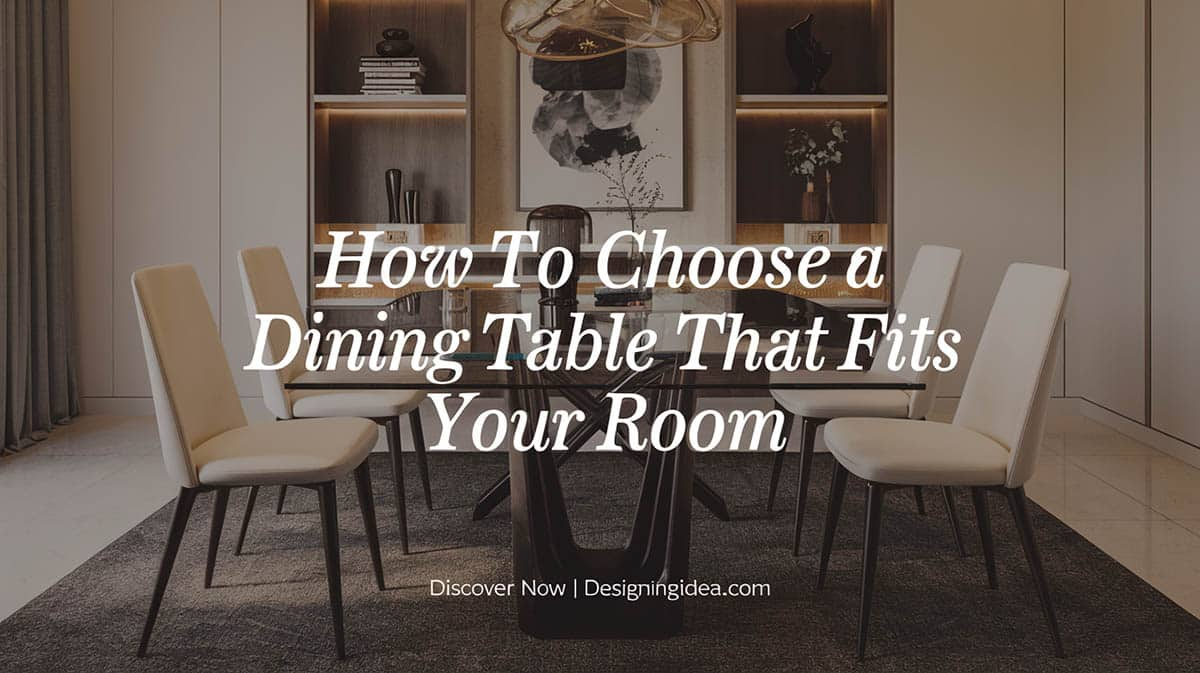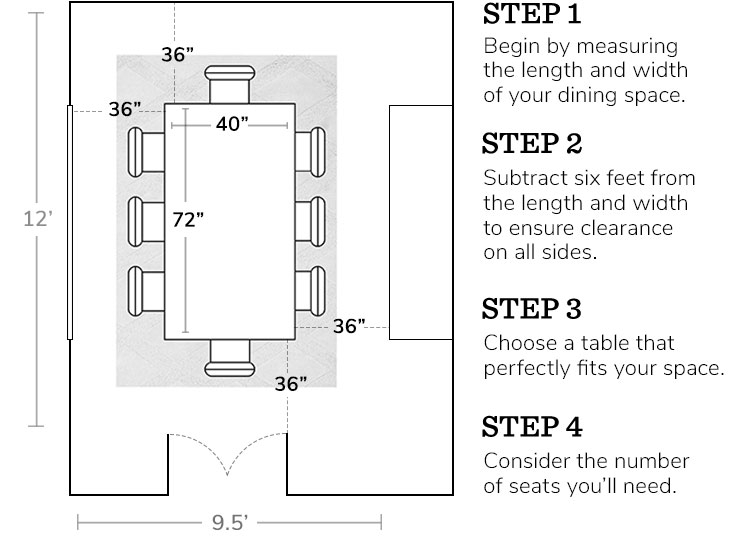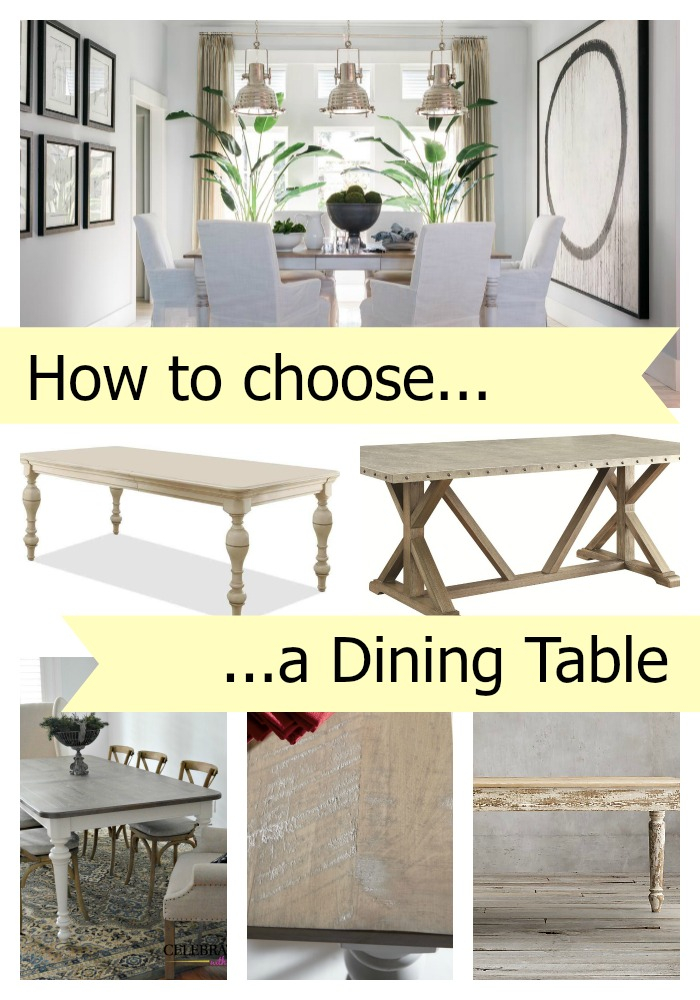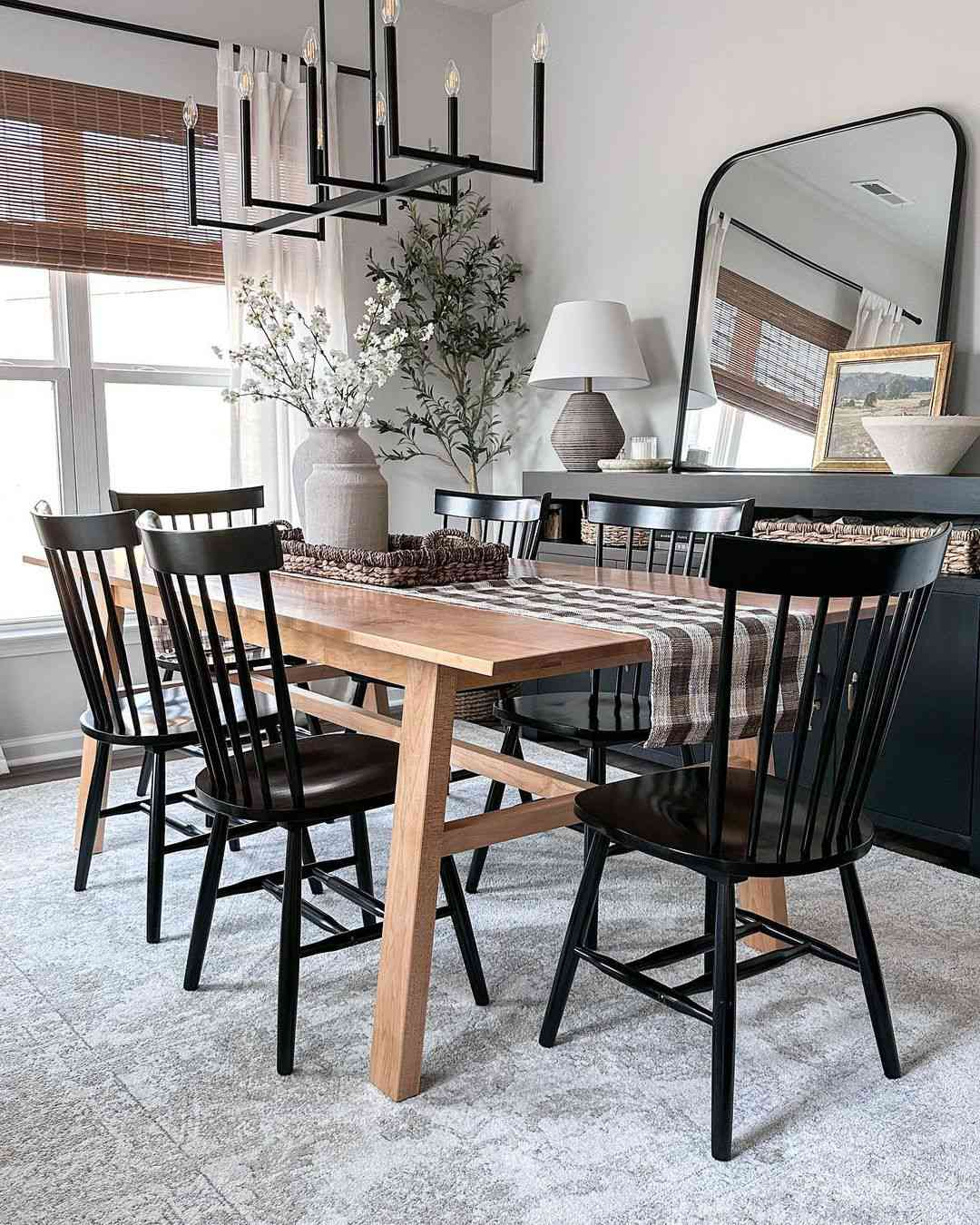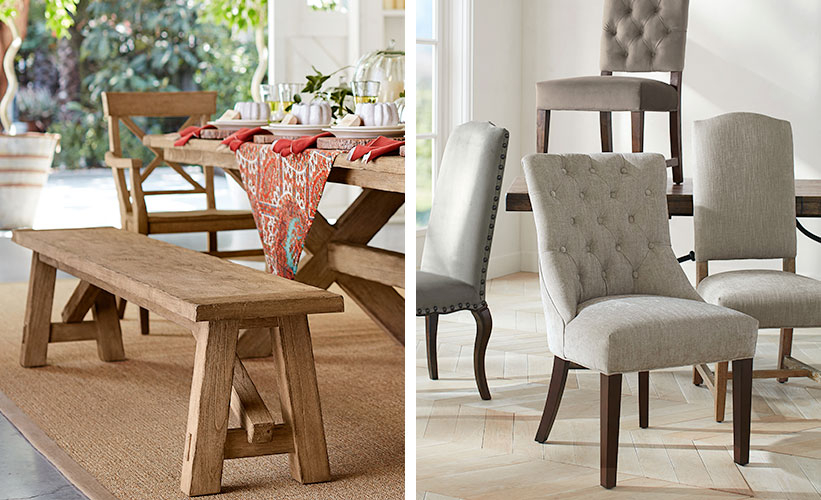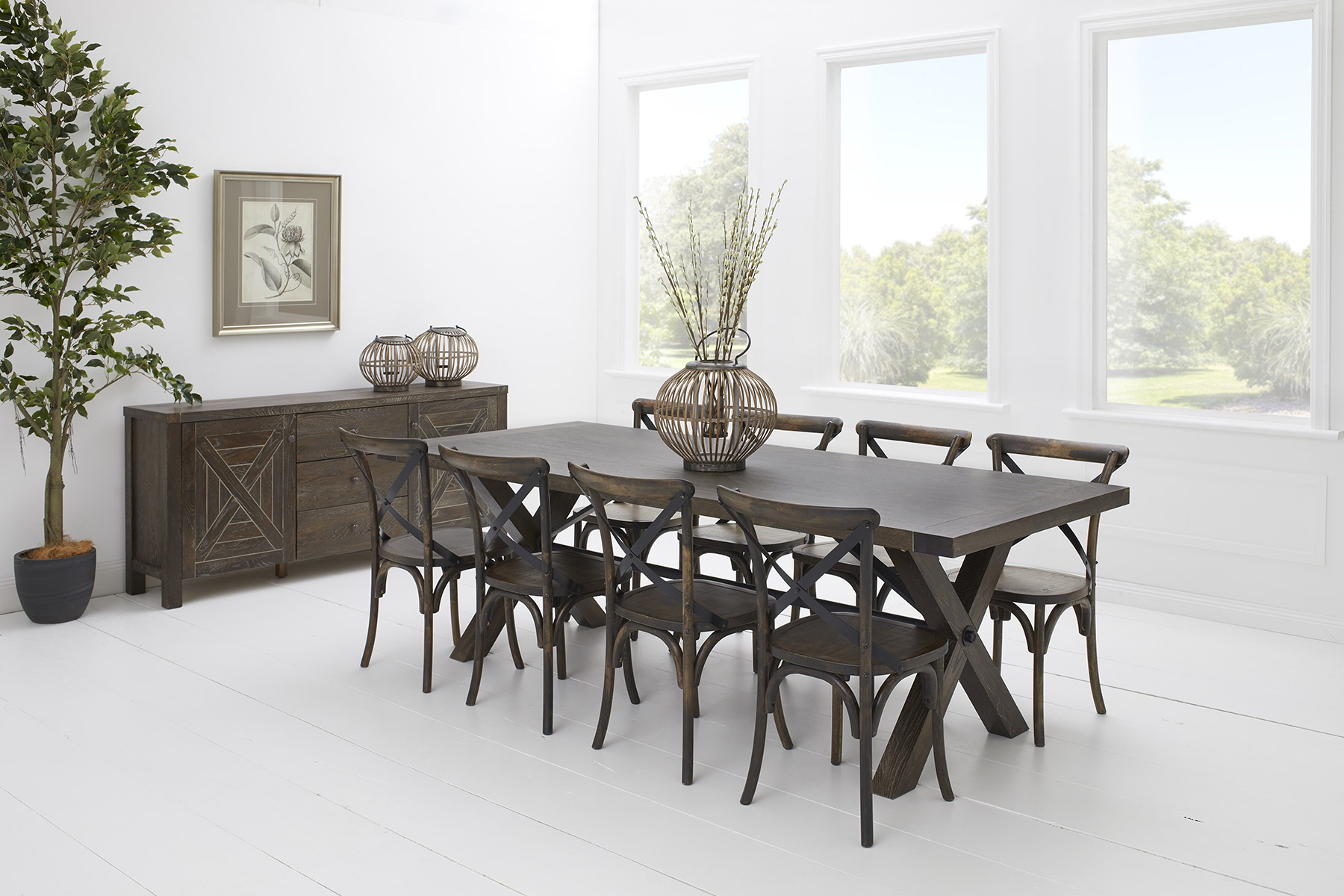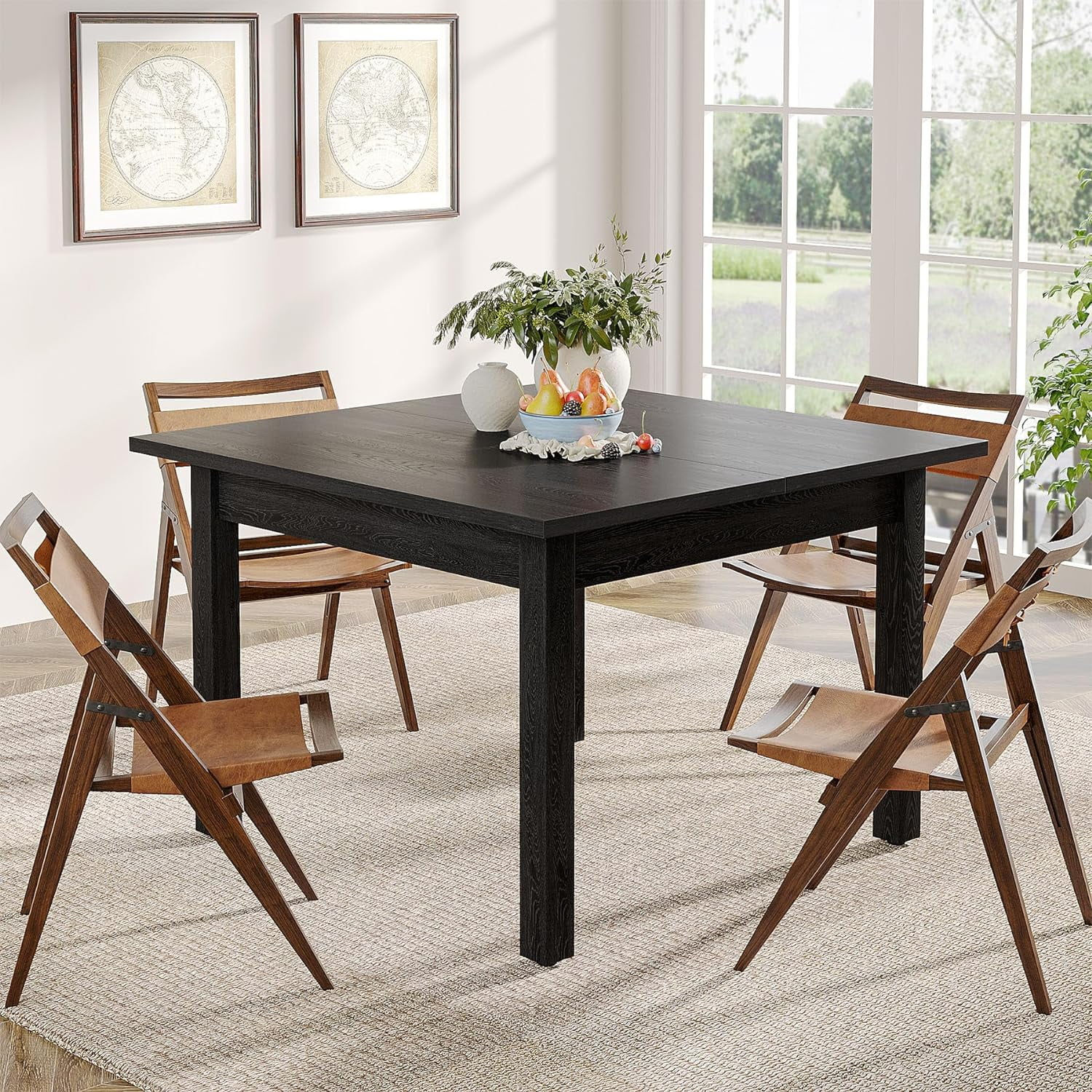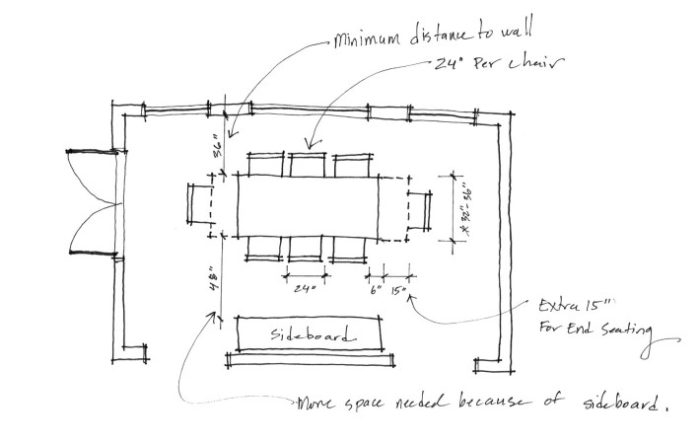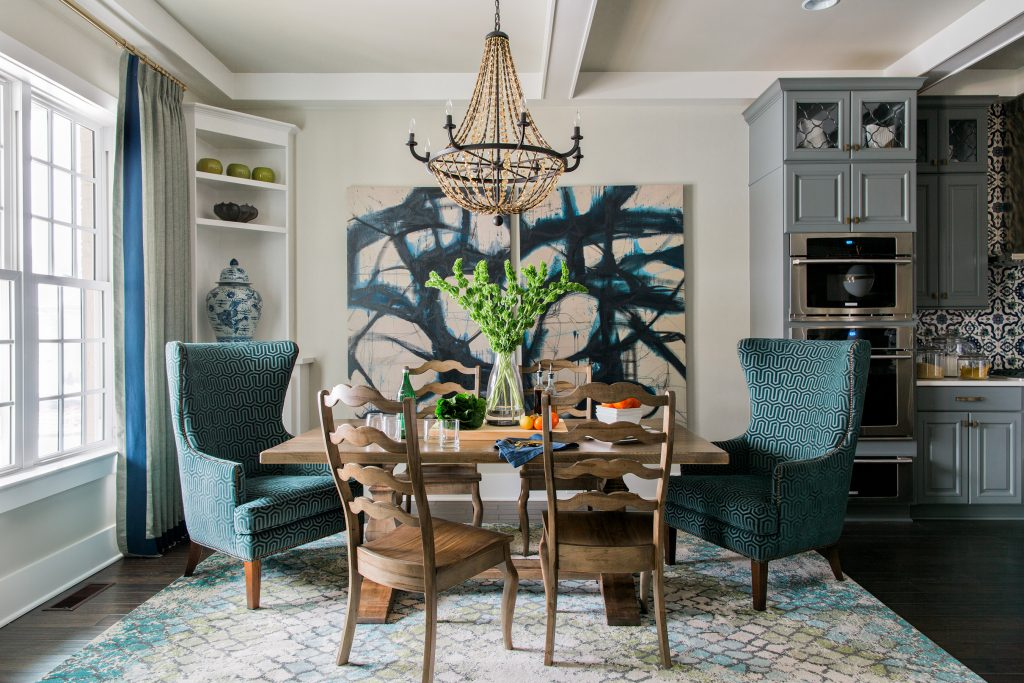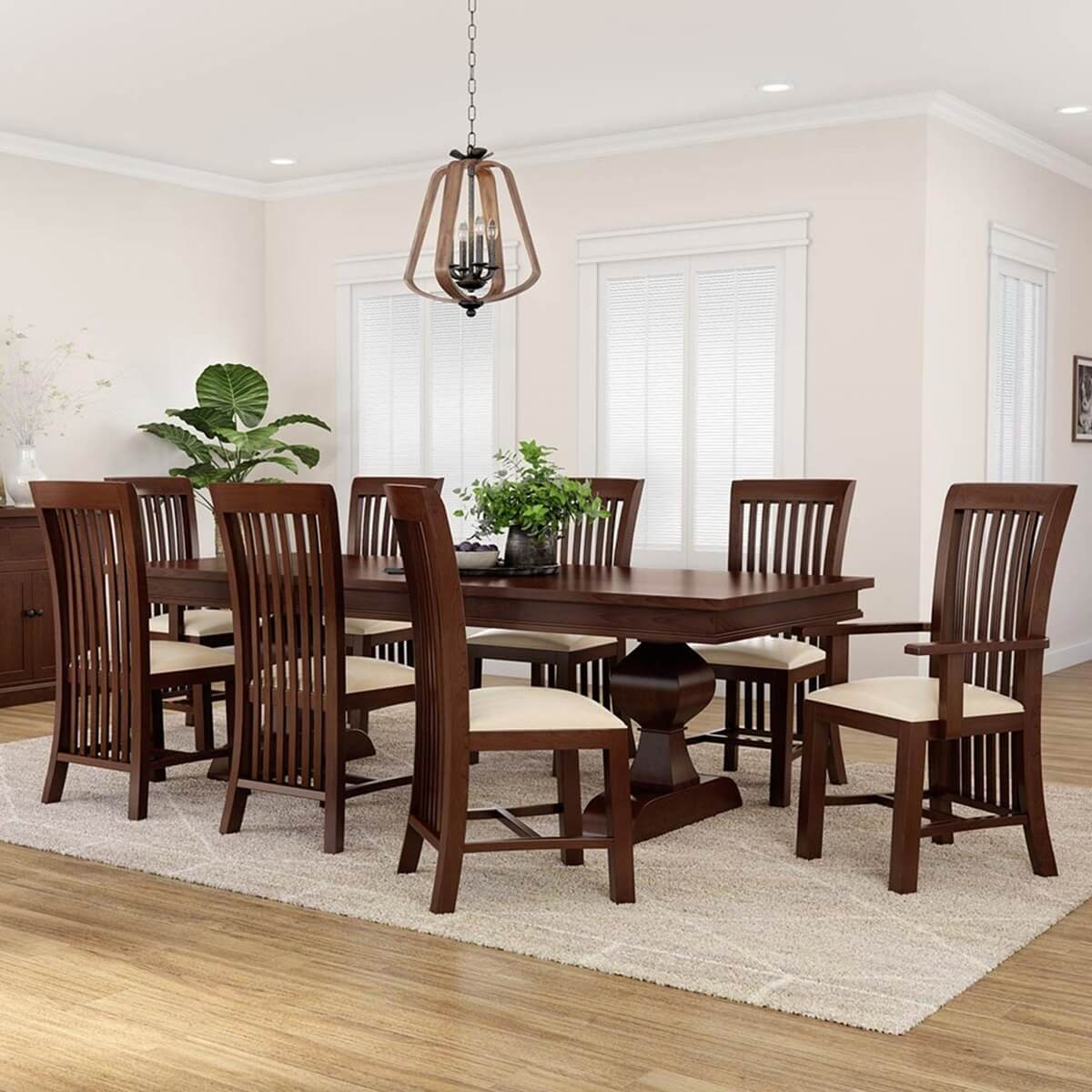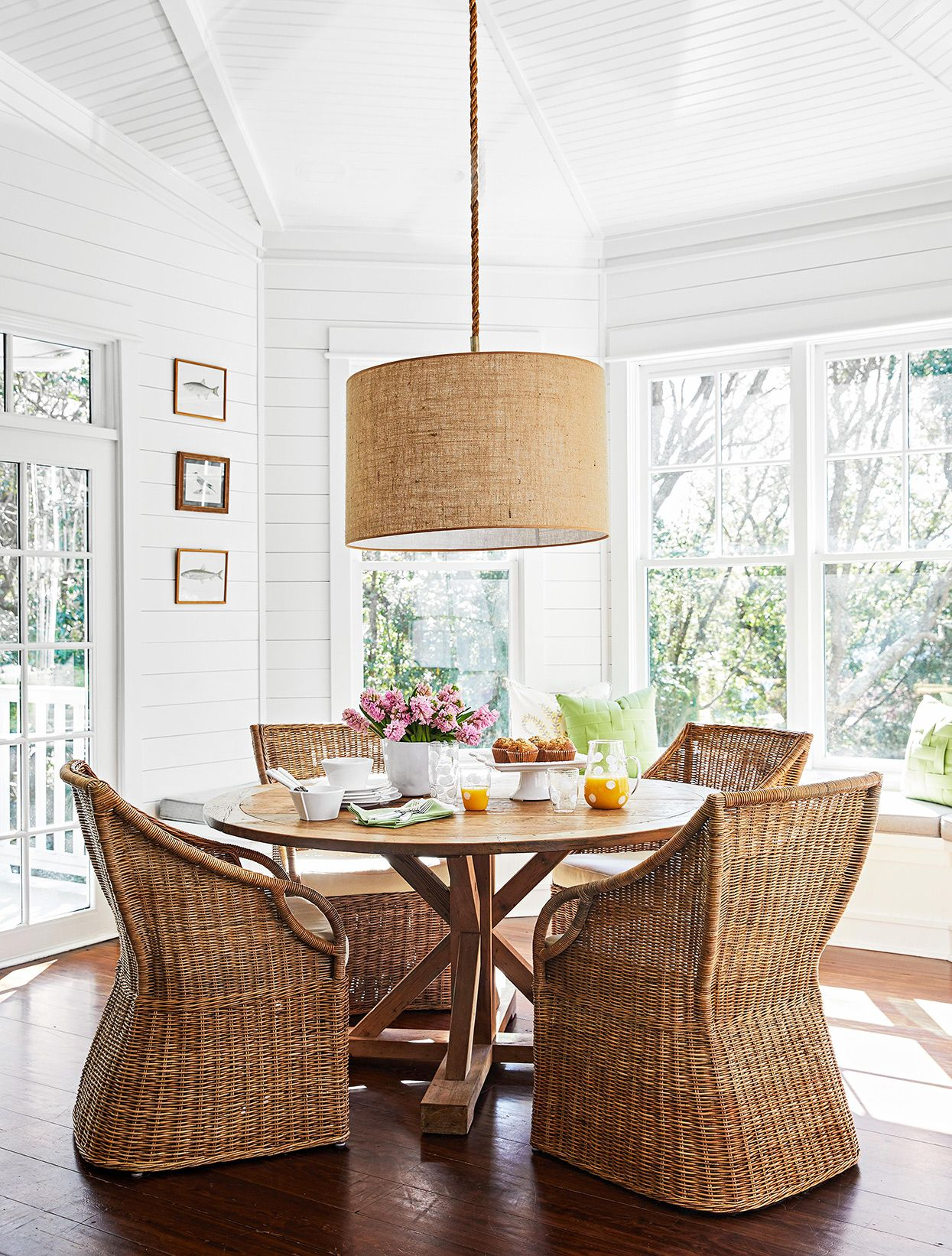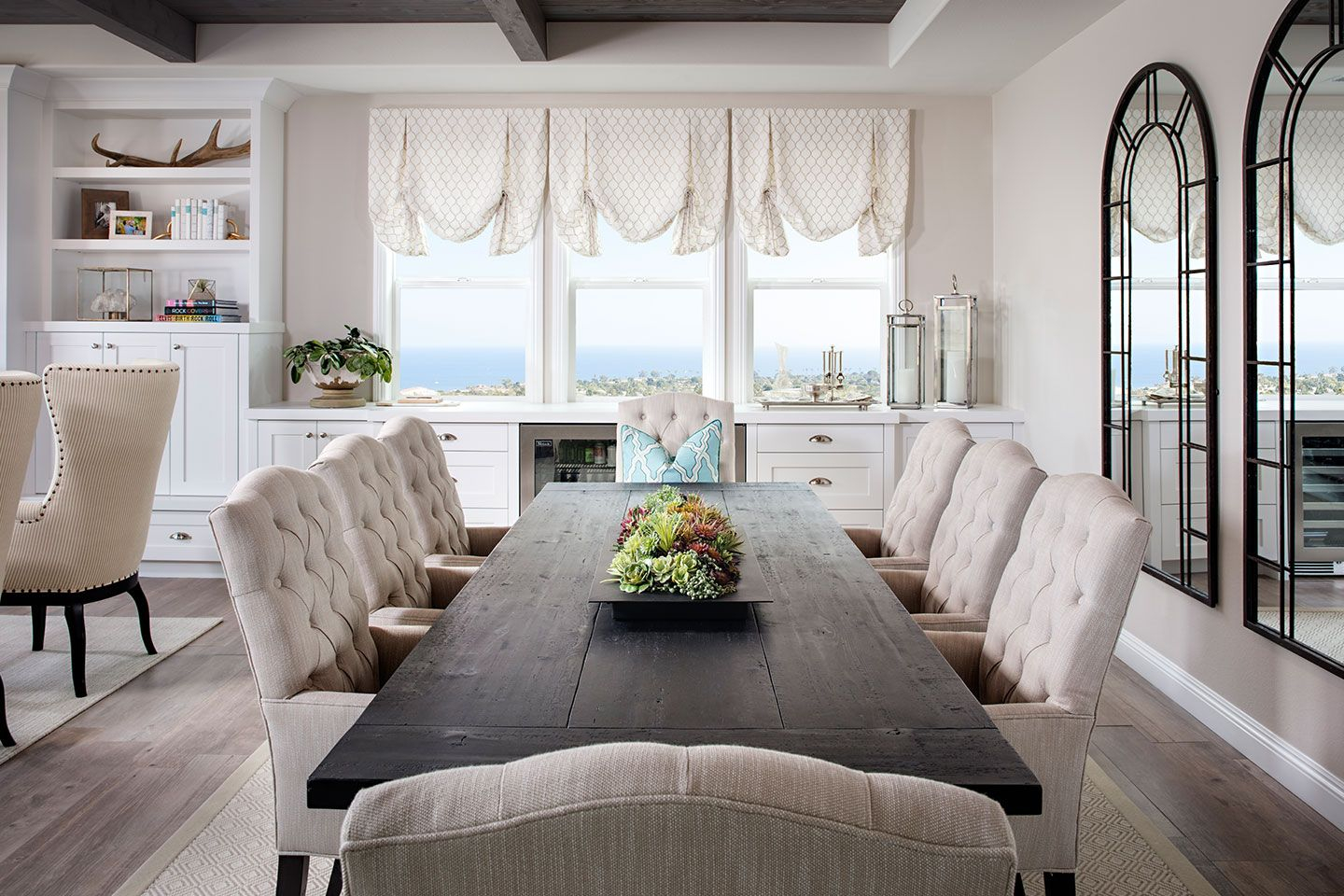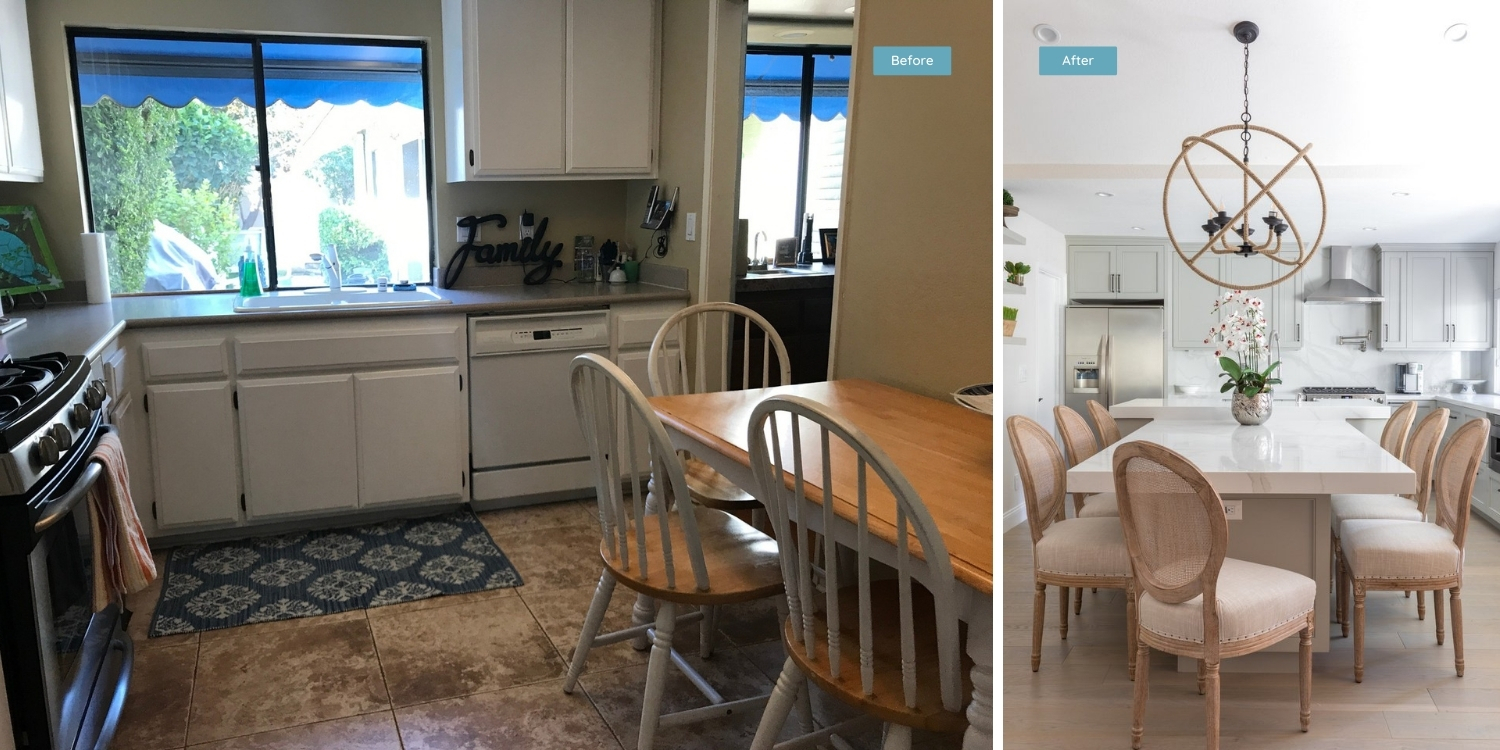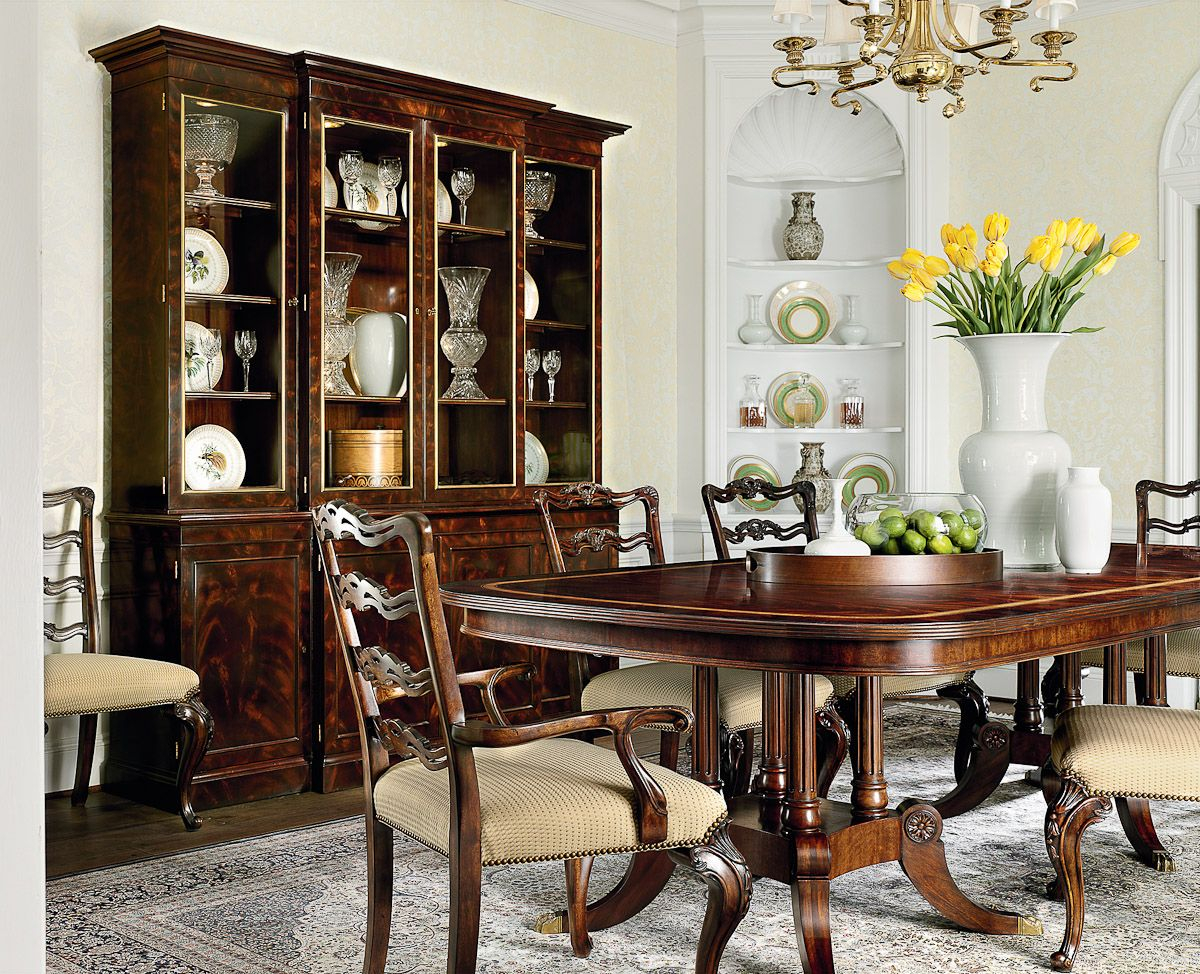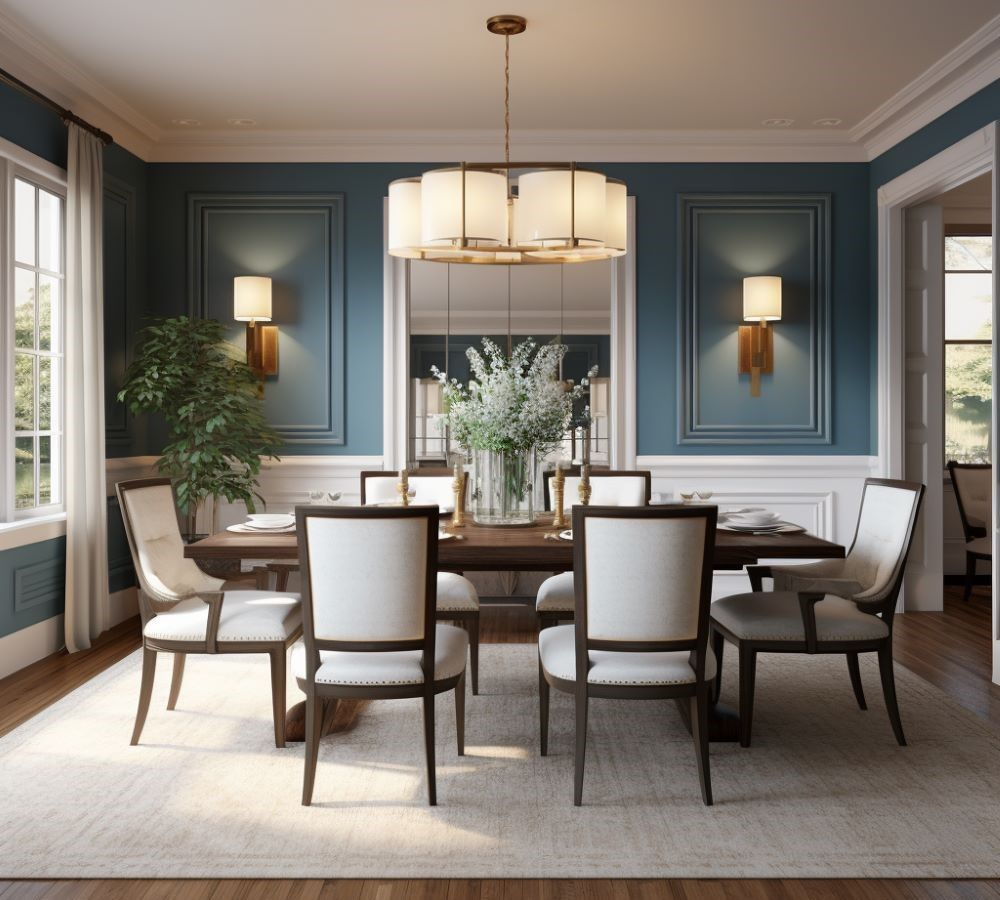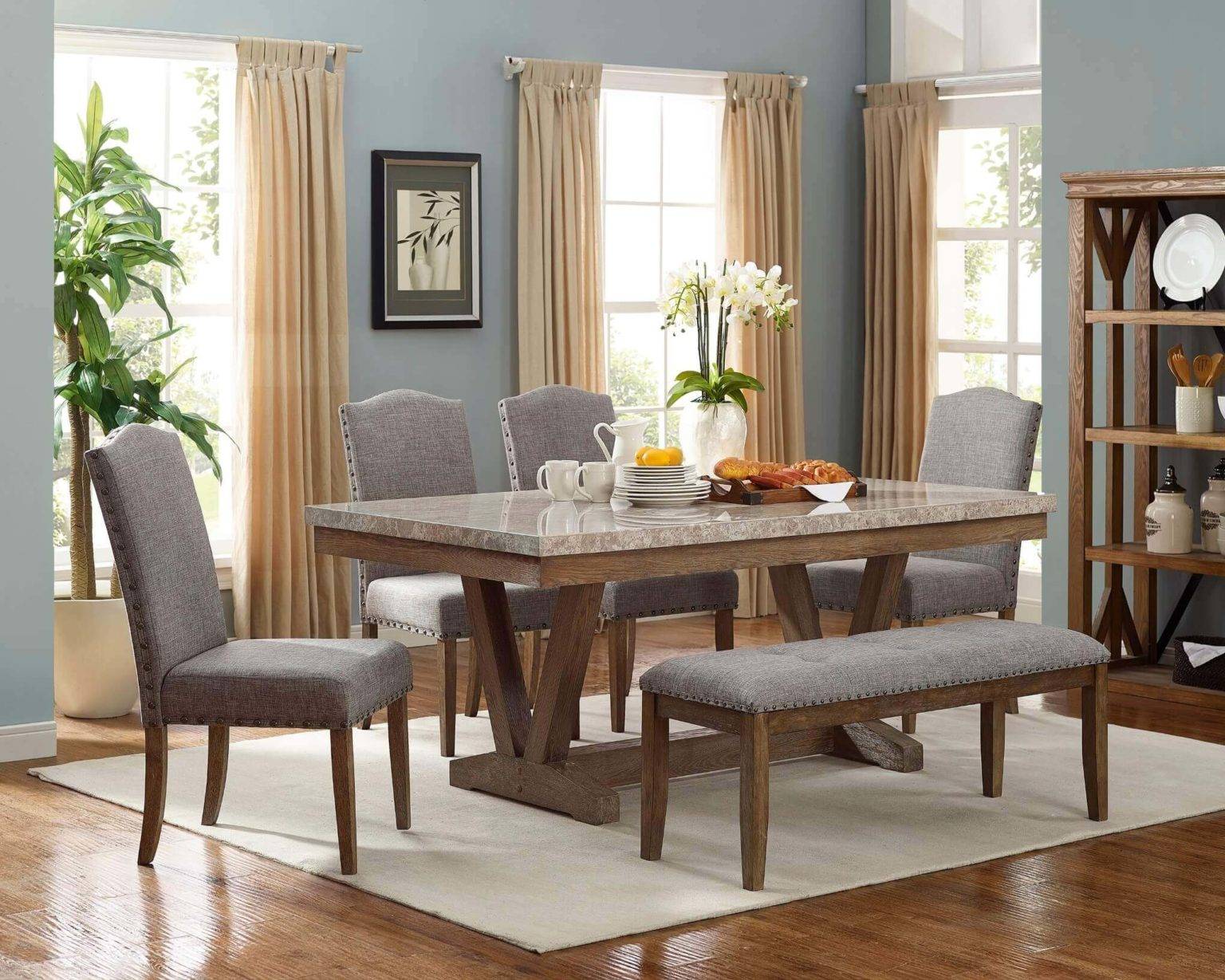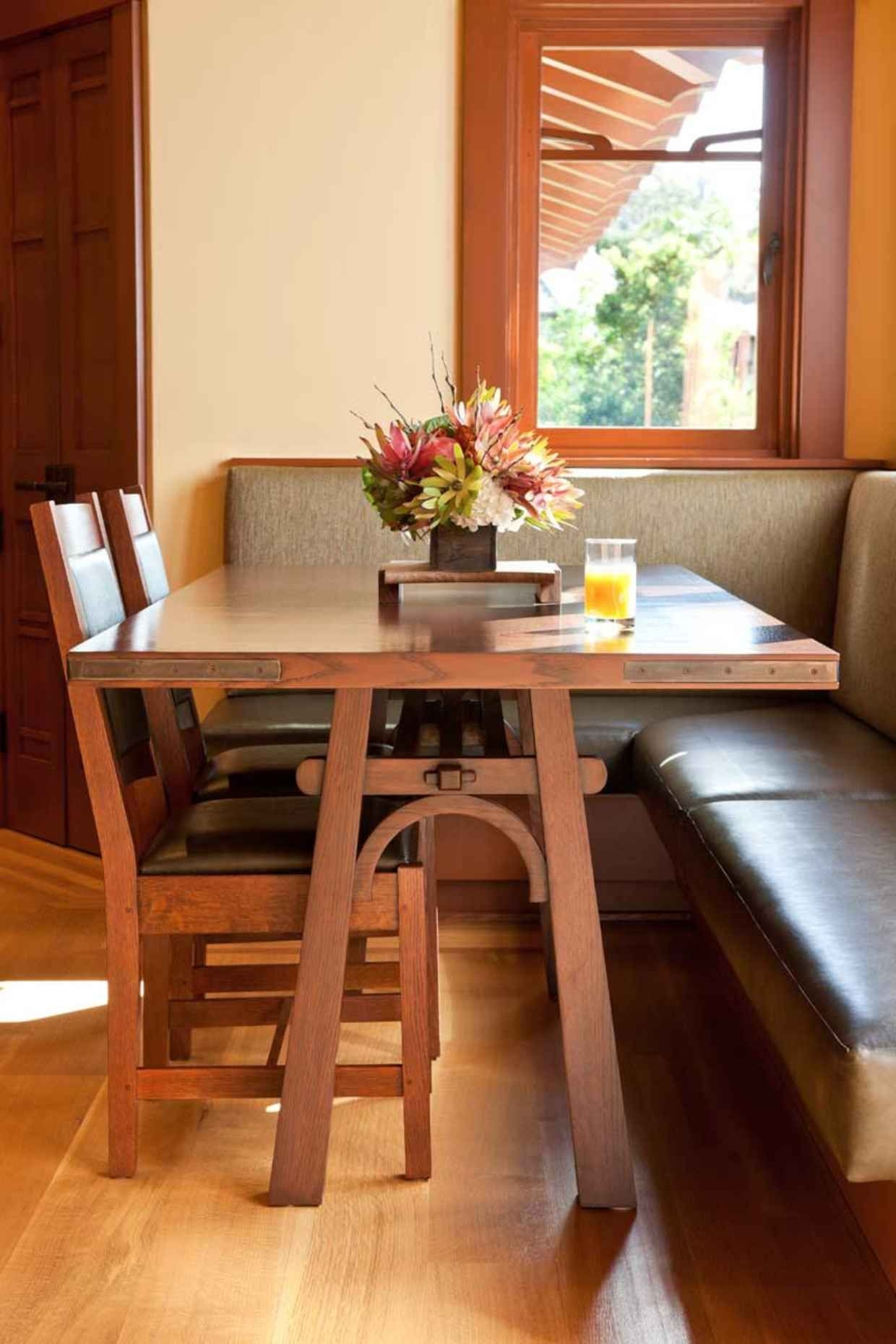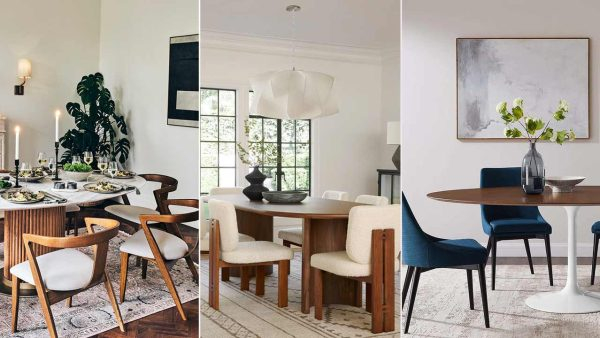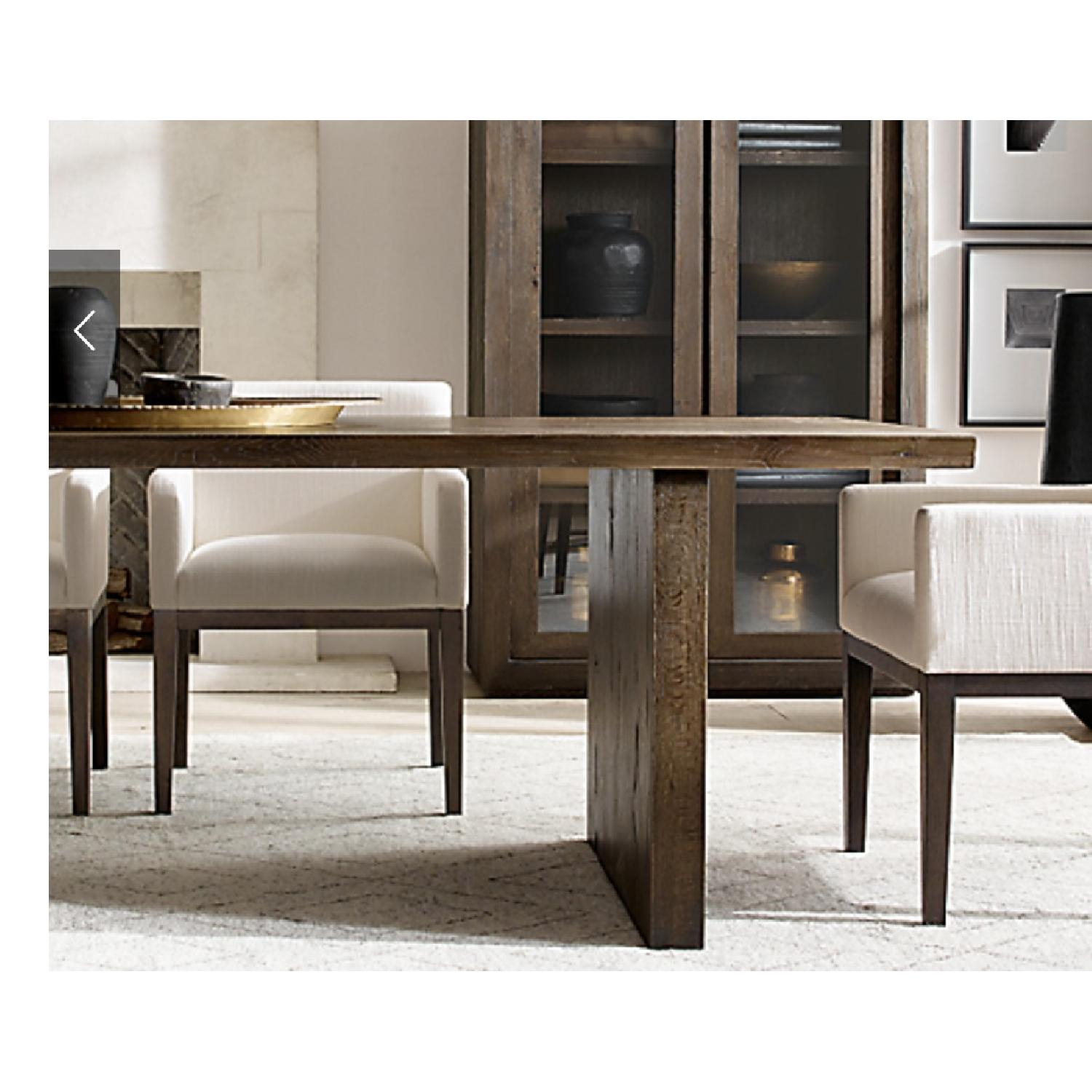So, you’re on the hunt for a new dining table. Maybe you’ve got a specific vision for the table itself – its material, its shape, its presence in your room. But what happens when the chairs are, shall we say, a secondary consideration? It happens more often than you might think. Sometimes, the table is the star, and the seating is meant to complement, not compete. Or perhaps you already have chairs you adore and need a table to match. Whatever your situation, navigating the world of dining tables with chairs as an afterthought can feel a bit daunting. Fear not, because this guide is here to help you make a smart, informed choice.
You’ve seen them – those stunning dining rooms where the table commands attention. It’s the anchor, the centerpiece, the reason the room feels complete. For many, the table is the primary driver of their dining room design. Perhaps you’ve inherited a beautiful set of chairs, or maybe you’re planning a grand statement piece for your dining area. Whatever the reason, prioritizing the table means you can build your entire dining space around its unique character and functionality. It’s about creating a harmonious space where the table is the undisputed hero, and the chairs play their supporting role beautifully. Let’s dive into how to achieve just that.
Understanding Your Space: The Foundation
Before you even start looking at tables, take a good, hard look at your dining area. How much room do you really have? Measure, measure, and then measure again. You don’t want to end up with a table that’s too big, making the room feel cramped, or too small, looking lost and insignificant. Think about traffic flow too. Can people walk around the table comfortably, even when chairs are pulled out? A general rule of thumb is to leave at least 3 feet of space around the table for easy movement. Consider the room’s shape, too. A rectangular room might suit a rectangular table, while a square room can often accommodate a round or square table. Don’t forget about ceiling height and the overall scale of the furniture you already have or plan to introduce. A massive table in a tiny room just won’t work, and a petite table can get swallowed up in a large, open space.
Table Materials: More Than Just Looks
The material of your dining table significantly impacts its durability, maintenance, and aesthetic. Wood is a classic choice, offering warmth and versatility. You’ll find everything from sturdy oak and rich walnut to more budget-friendly options like pine. Each wood type has its own grain pattern and hardness. For a more modern or industrial feel, consider metal tables or tables with metal bases. Glass-topped tables can make a space feel larger and brighter, but they do require more frequent cleaning to look their best and can be prone to chips and scratches. Stone or concrete tables offer a very contemporary and robust option, but they are heavy and can be more expensive. Think about your lifestyle: do you have young children? A busy family? A material that’s easy to wipe down and resistant to scratches might be a priority. If you’re a keen entertainer, consider how well the surface will stand up to spills and heat. For instance, a sealed wood surface is generally more forgiving than an unsealed one, and a good quality laminate can be surprisingly durable and easy to maintain.
Shape Matters: Round, Rectangular, or Square?
The shape of your table influences the atmosphere of your dining room and how people interact. Round tables are fantastic for conversation. Everyone can see and talk to each other easily, fostering a sense of intimacy. They also tend to have a softer visual impact. However, they might not be the most space-efficient if you need to seat a lot of people. Rectangular tables are the most common and versatile. They work well in most dining rooms, especially longer ones, and can often accommodate more people. They create a more formal or traditional feel. Square tables are great for smaller, more intimate gatherings and can work well in square rooms. They also encourage conversation, though perhaps not as fluidly as a round table. When thinking about your existing or planned chairs, consider how they will fit around the shape. For example, chairs with a strong visual presence might look best with a simpler table shape, allowing the chairs to shine.
Size and Seating Capacity: A Crucial Calculation
This is where the ‘chairs as an afterthought’ really comes into play. You need to determine how many people you want to seat, and then find a table that can accommodate them comfortably, even if you don’t have the chairs yet. Standard seating guidelines suggest about 24-30 inches of table edge per person. For a rectangular table, consider its length: a 60-inch table typically seats 4-6, a 72-inch table seats 6-8, and an 84-inch table can seat 8-10. Round tables are often measured by diameter: a 48-inch round table seats 4, a 60-inch seats 6, and a 72-inch seats 8. Don’t forget to think about table extensions or leaves. If you occasionally need to seat more people, a table with a leaf can be a game-changer. It allows you to expand the table when needed and keep it a more manageable size for everyday use. When you do eventually select chairs, make sure they have a slim enough profile to fit comfortably around the table without feeling too crowded.
Style and Aesthetics: The Table as the Statement
Since the table is your priority, its style should genuinely excite you. Are you drawn to rustic farmhouse charm? Sleek, minimalist modern designs? Or perhaps something more traditional and ornate? The table sets the tone for your entire dining space. Consider the existing decor in your home. While you can certainly make a bold statement, ensuring the table doesn’t clash jarringly with its surroundings is usually a good idea. Think about the leg or base design, too. Some tables have substantial bases that might limit the type of chairs you can tuck underneath. Others have slender legs that offer more flexibility. If you’re aiming for a truly dramatic look, a table with unique detailing, an unusual material, or an unconventional shape could be just the ticket. Remember, this is your chance to let the table be the star of the show.
Practical Considerations and Future-Proofing
Beyond the aesthetics, think about practicalities. How easy is the table to clean and maintain? If you’re a messy cook or have kids, a surface that wipes clean easily is a lifesaver. Consider the weight of the table. Will it be easy to move if you need to rearrange your room? Or is it a piece that will likely stay put once placed? Durability is also key. Investing in a well-made table, even if it’s a bit more expensive upfront, can save you money and hassle in the long run. Look for sturdy construction and quality materials. And when it comes to those future chairs? Try to choose a table height that’s fairly standard (around 30 inches) to ensure you have a wide range of chair options available when you’re ready to find them. This foresight will make the chair-selection process much smoother later on.
Choosing a dining table when chairs are an afterthought is a perfectly valid and often very successful approach to designing your dining space. By focusing on your room’s dimensions, the table’s material and shape, and its overall style and capacity, you’re setting yourself up for success. You’re creating a foundation that you can then build upon, finding the perfect seating companions when the time is right. Remember to measure carefully, consider your lifestyle, and most importantly, choose a table that you truly love. Happy shopping. Your perfect dining table is out there, waiting to be discovered.

